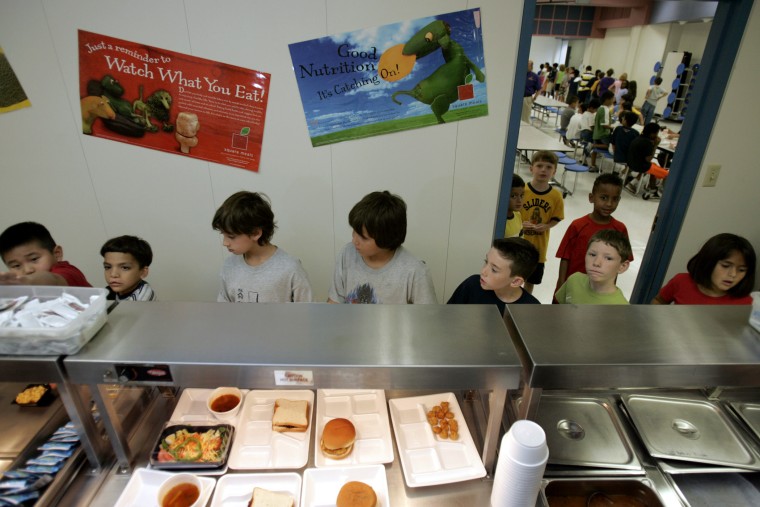[A] new proposal by congressional conservatives would restrict community eligibility, substantially increasing administrative burdens in more than 7,000 schools and threatening 3.4 million students' access to school meals. For no good reason that we can see, lawmakers from the Education and the Workforce Committee may vote soon to raise the ISP threshold from 40 percent to 60 percent. Because [Identified Student Percentage] numbers don't capture low-income students who must typically apply for free or reduced-price meals, this threshold would render all but the highest-poverty schools (generally those in which more than 90 percent of students qualify for free or reduced-price meals) ineligible for community eligibility. Raising the threshold would save a little bit of money, as fewer students would qualify for free school meals, but the overall savings of about $1.6 billion over 10 years wouldn't come close to offsetting the administrative burden, increased social stigma for low-income students, and negative health and academic effects it could create.
Congress takes a discouraging turn on school lunches
Congressional Republicans' recent history on school meals for low-income children is deeply unfortunate -- and it's getting a little worse.

When it comes to public schools providing meals for low-income children, congressional Republicans have built up a discouraging record in recent years. In 2014, for example, a GOP congressman from Georgia suggested struggling children should either pay more for school meals or tackle janitorial tasks in their schools in exchange for food.
Around the same time, House Speaker Paul Ryan (R-Wis.) delivered a speech suggesting kids who rely on school lunches aren't cared for as much as kids who bring their own lunch to school. The far-right lawmaker, we later learned, was relying on an anecdote that turned out to be made-up.
That was the last Congress. In this Congress, Jared Bernstein and Ben Spielberg made the case in the Washington Post yesterday that Republican lawmakers are eyeing new restrictions on the federal program.
Under current law, changed by Democrats in 2010, schools don't have to verify which individual students are eligible for free or reduced-price meals. Rather, if a school serves a community in which 40% of the kids are eligible for meal assistance -- called the "Identified Student Percentage" -- the schools can make food available to all of its students. It streamlines the bureaucracy and verification process, cuts down on paperwork, and helps ensure children receive the benefits to which they're entitled under the law.
A new GOP proposal wants to change the status quo. From the Bernstein/Spielberg piece:
And that's a problem.
As Slate's Laura Moser added, "[A]s of 2013, 51 percent of American public-school students were low-income, and by raising the eligibility threshold to 60 percent, quite a few students would fall through the donut hole."
In fairness, the GOP plan wants to redirect the savings into related food programs, including meals for students attending summer school. That's hardly an unreasonable goal -- and it's far better than redirecting school-lunch money to, say, tax breaks for millionaires.
But there's no reason the wealthiest country in the world can't do both. As the Post piece explained, "[W]hy pit an important program, one that school officials absolutely love, against these other worthy objectives? Instead, we should raise the money necessary (a small amount) to make sure students have breakfasts and lunches during both the school year and the summer."